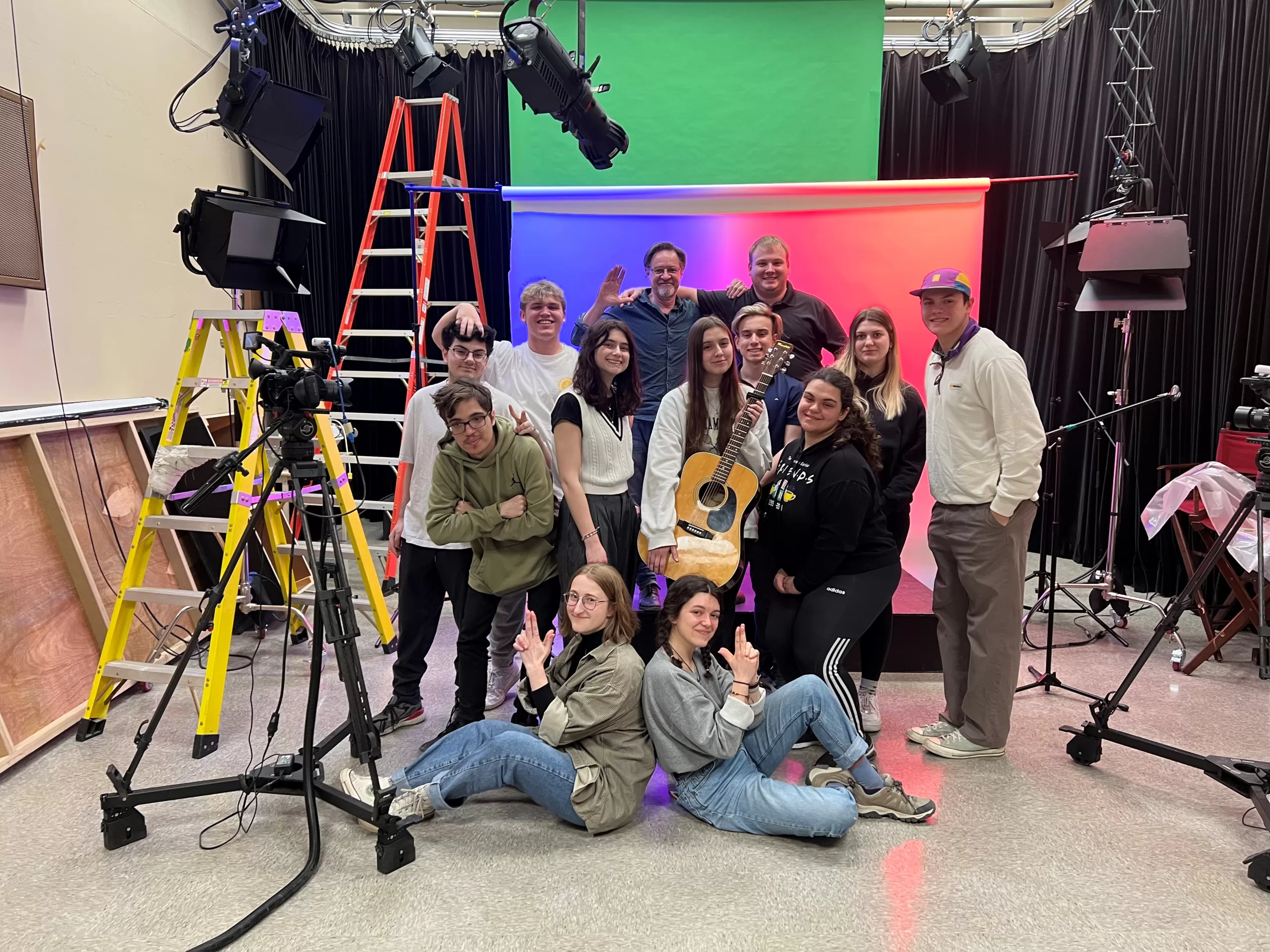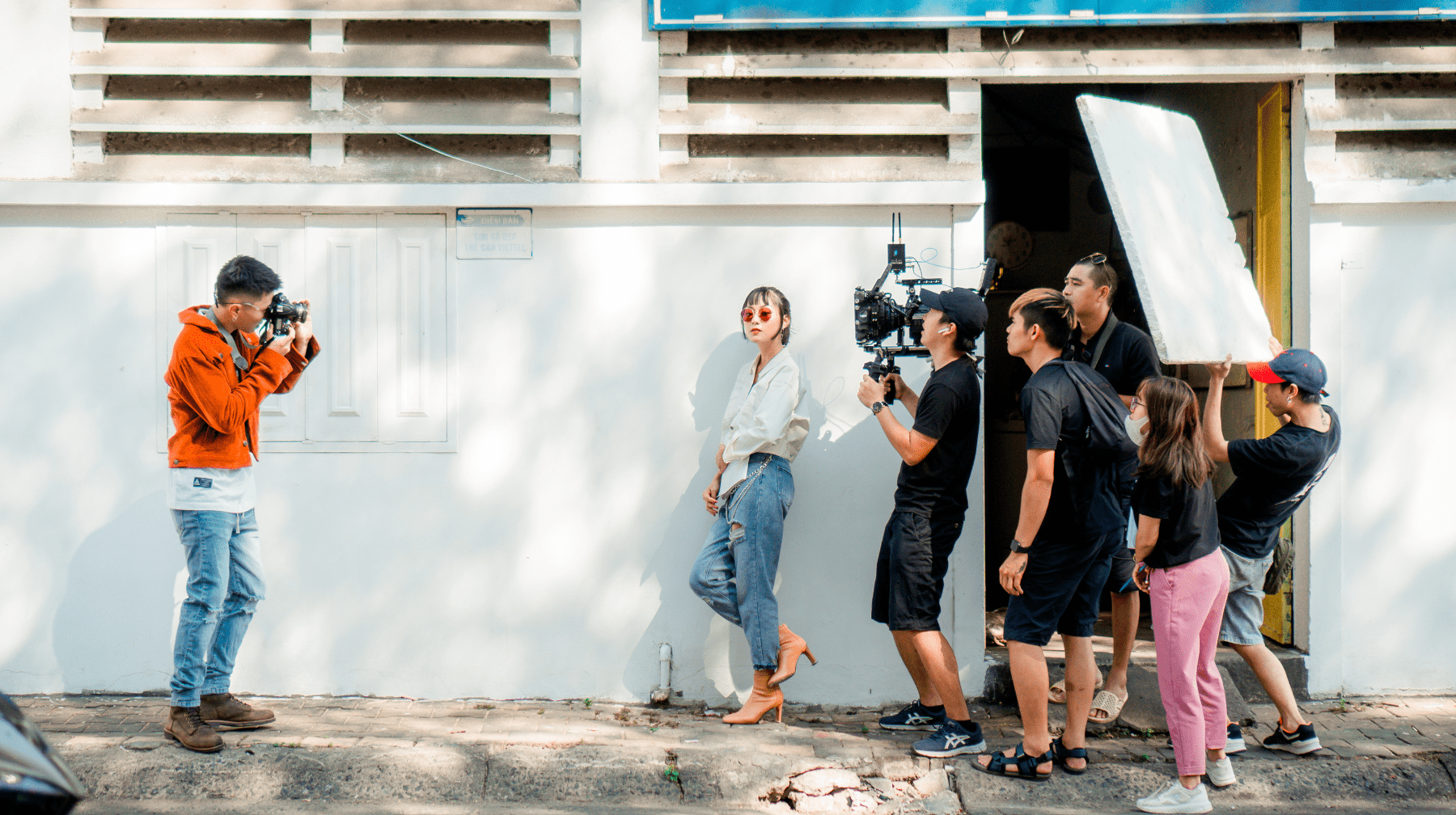About the Program
Film & New Media is one of two interconnecting Media profiles in the Arts, Literature and Communication program. This pre-university program is an exciting mix of theory and practice that gives you a chance to experiment and create using a variety of media.









